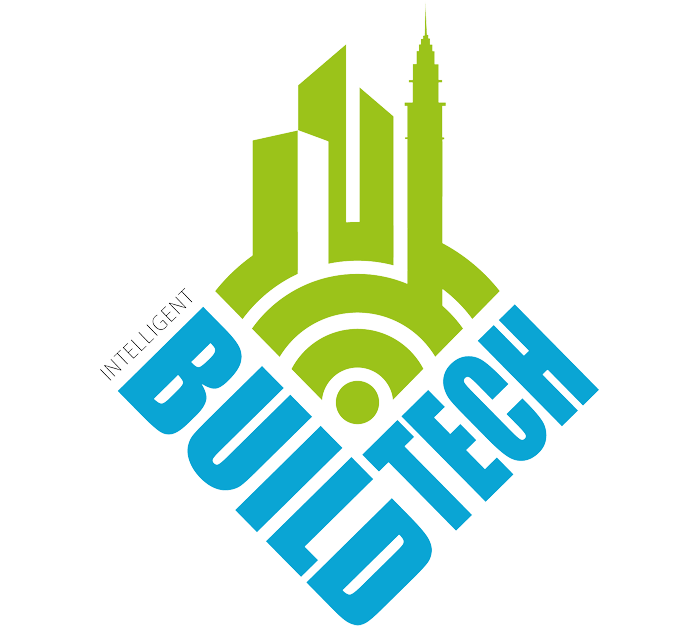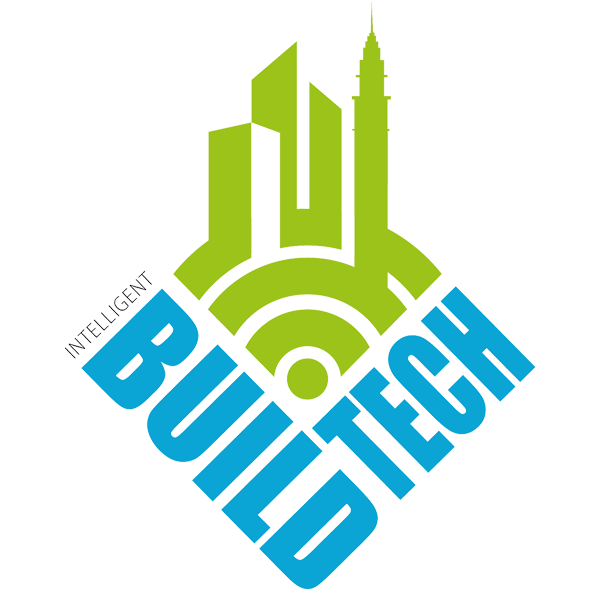Jeremiah Pariag, Indigenous Engagement Practice Lead, HDR, has extensive experience in Indigenous relations, including the Ontario Line transit project. In this interview, he discusses the importance of early engagement, trust-building, and fostering positive relationships for future infrastructure projects.
Why is it important to look beyond traditional engagement strategies to seek input from Indigenous communities on critical infrastructure projects?
What we’re seeing now is a direct link between project viability and Indigenous participation on projects in Canada. We’ve seen this in some infrastructure sectors for quite some time. Indigenous involvement on mining and energy projects has been common for several years, and recently we’ve seen Indigenous participation programs become more established on transit projects.
Historically, many mining and energy projects took place in less developed areas, so it was easier for government agencies and developers to recognize Indigenous perspectives due to the proximity of those projects to Indigenous communities. However, we’re now seeing a shift toward greater Indigenous engagement in urban areas. This shift reflects the increased role and strength of Indigenous communities in engagement processes when building comprehensive support is critical. What we’ve learned from these other industries is relevant to transit projects as well, if owners and project leaders don’t put in the work to properly engage Indigenous communities, projects can face many hurdles.
In Canada, the government requires public agencies and private proponents to engage or consult with Indigenous communities who might be adversely impacted by, or have an interest in, a project. These impacts could be through the disruption of fishing, hunting and harvesting activities, or through disturbances to cultural and archaeological resources. While unconditional consent is usually not required, the preference of the government is for agencies to meaningfully engage Indigenous communities.
Public awareness and opinion are evolving as well, adding pressure to engage with and accommodate rightsholders. Media coverage has become more attentive to Indigenous communities, especially due to past Indigenous-related inequities and the recent and ongoing mainstream discourse related to atrocities at former residential schools in Canada. As a result, project proponents are recognizing they must be more proactive in their engagement efforts prior to proceeding with infrastructure development.
How do you initiate conversations with Indigenous communities to lay a foundation for building trust and support for ongoing engagement?
What I’ve found to be effective is taking the time before a project begins to identify the general geographic area of the planned infrastructure and determine which Indigenous communities might be impacted. There are usually governmental resources that can help. Next, I recommend meeting with leaders and representatives from each of those communities to develop personal relationships and better understand their key challenges and priorities.
An early understanding of the needs and concerns of each Indigenous community allows owners to make needed design or construction phasing adjustments before they prompt costly work stoppages.
Clear, consistent communication channels and the inclusion of community members in the decision-making processes have proven effective on many of my infrastructure projects. This inclusion fosters a sense of mutual ownership and respect, which is vital for successful project delivery.
To ensure that trust extends beyond the current project, it is crucial to document and honor any commitments made. Continual engagement with the community after one project’s completion provides long-term benefits and facilitates mutual learning, strengthening the relationship for future initiatives.
What is most important when choosing a partner to support Indigenous engagement on infrastructure projects?
Choosing the right partners is crucial for any project, especially when working directly with Indigenous communities. It’s vital to be aware of the history and track record of potential partners in terms of their experience and success with Indigenous communities. Many consulting and communications firms, unfortunately, do not have a strong track record of effective collaboration with Indigenous communities, and partnering with such firms can jeopardize project delivery and the trust-building process.
One practical strategy is for infrastructure owners to actively involve Indigenous communities in the selection of partners. Before finalizing any decisions about bringing on a partner consulting firm, reach out to the Indigenous communities affected by the project and ask for their feedback on their past experiences with the potential partner. If the feedback is positive, it’s likely that you’ve found a suitable partner. However, if the feedback is negative, it may be prudent to reconsider your options. This approach not only ensures that you are making an informed choice but also a first step in demonstrating respect and a commitment to genuine collaboration with the communities involved.
How do early and ongoing discussions with Indigenous communities impact an agency’s project budget and schedule?
For transportation asset owners, every single day of a project schedule matters. Early engagement with Indigenous communities does require an initial financial investment, but this investment can reduce negative press and improve public opinion. It can lead to smoother project delivery and reduce the risk of extended timelines and cost overruns due to project redesigns.
Looking to the future, what can infrastructure agencies expect when it comes to Indigenous community participation in projects?
Achieving buy-in from Indigenous communities for infrastructure changes or improvements will only become more important. The prominent role of Indigenous communities may lead to these communities having a more vested financial interest in transportation projects. We’re seeing this now in several industries in Canada. For example, on some oil and gas pipeline and power transmission projects, Indigenous ownership is becoming a determining factor for the project’s success, and I think that will also be the case with future road and transit projects.
I wouldn’t be surprised to see representatives from Indigenous communities taking a governance or oversight role on project committees. Technical advisory committees and community advisory committees have been a core element of infrastructure projects for years, and as reconciliation becomes a reality for many agencies, governance roles such as Indigenous advisory committees are on the horizon. It’s not widespread yet, but I’ve started to see this in Canada in many unofficial capacities, especially on projects where there are significant environmental or archaeological concerns.




